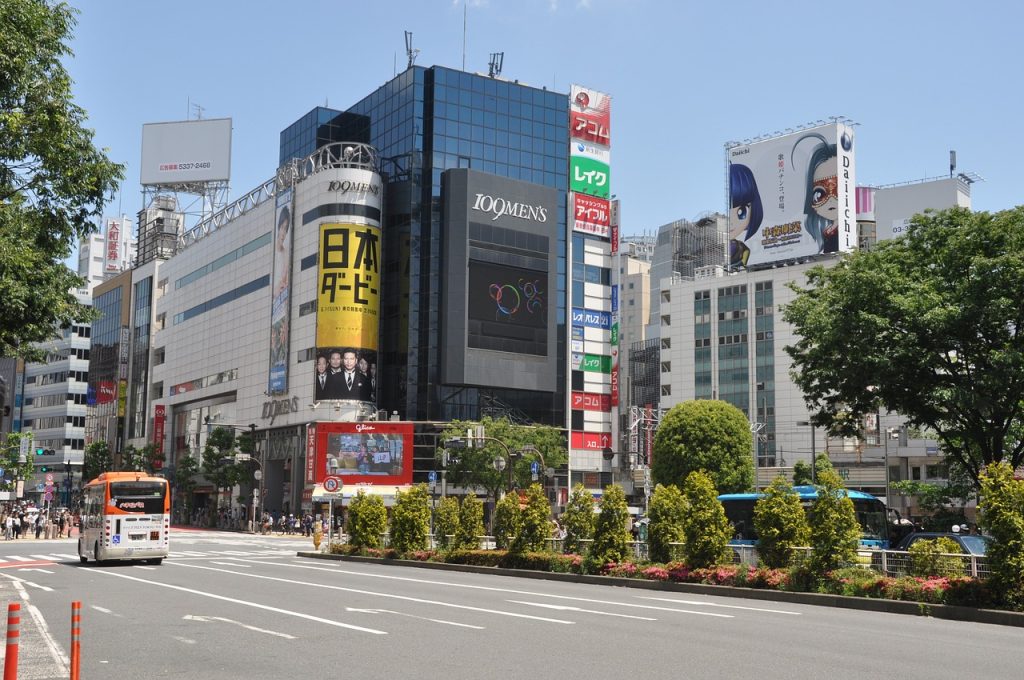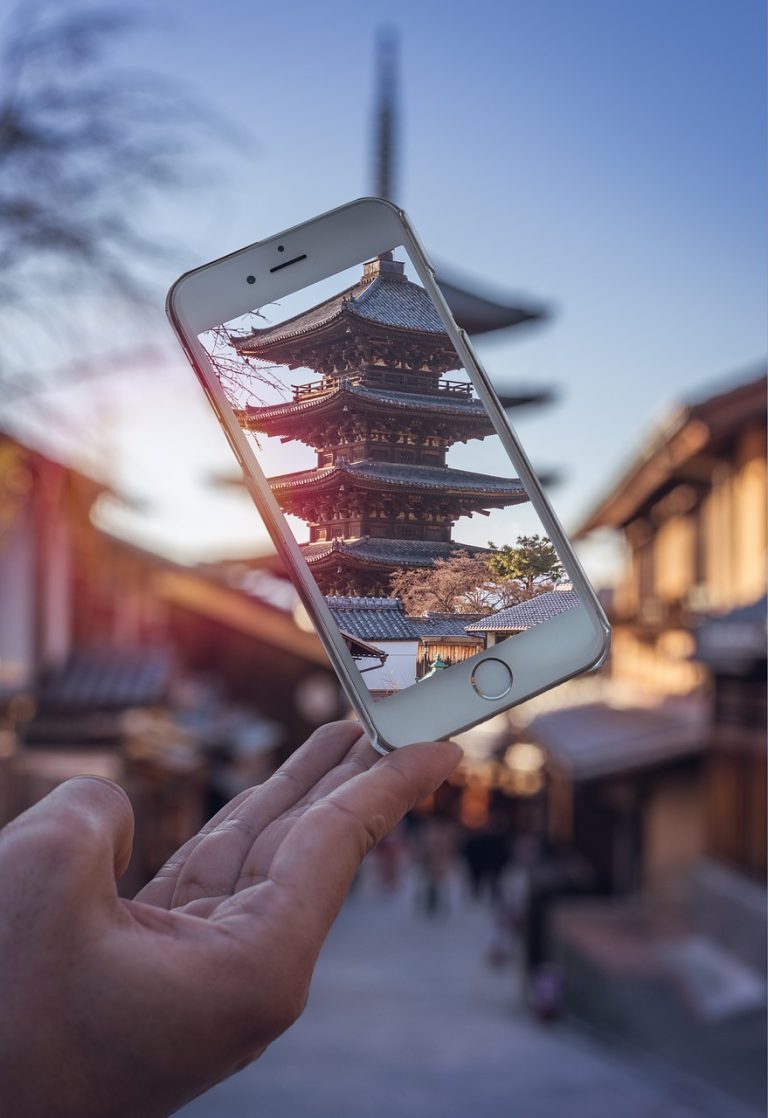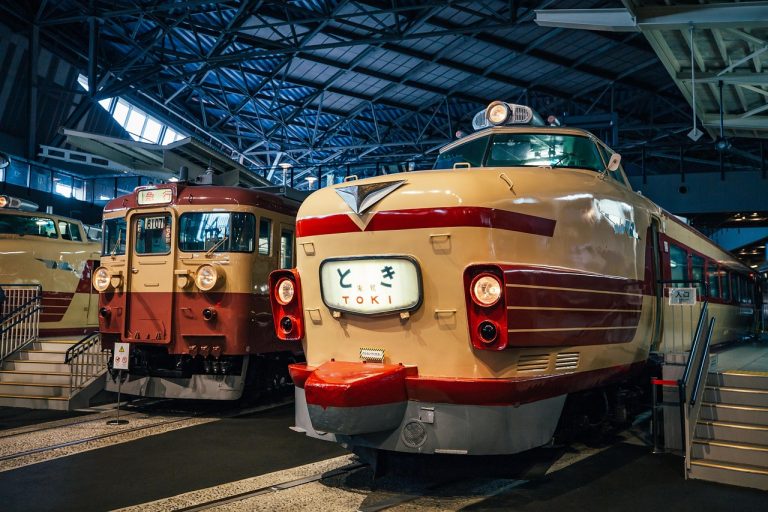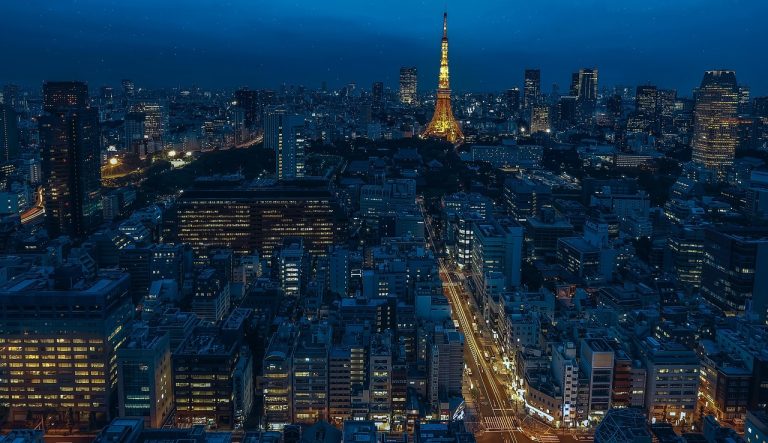Tokyo Japan Video
Historical Landmarks of Tokyo Japan: A Deep Dive
Tokyo, the capital city of Japan, is a vibrant metropolis that seamlessly blends modernity with its rich historical heritage. From ancient temples and shrines to majestic palaces and gardens, Tokyo is home to numerous historical landmarks that offer a glimpse into the city’s past. In this article, we will take a deep dive into ten of Tokyo’s most significant historical landmarks, exploring their history, cultural significance, and architectural beauty.
1. Senso-ji Temple
Senso-ji Temple, located in Asakusa, is Tokyo’s oldest and most famous Buddhist temple. It was founded in the 7th century and is dedicated to the Bodhisattva Kannon. The temple’s iconic red lantern gate, called Kaminarimon, welcomes visitors into a lively shopping street known as Nakamise. Here, you can find traditional snacks, souvenirs, and cultural artifacts.
- Senso-ji Temple is visited by millions of tourists each year, making it one of Tokyo’s most popular attractions.
- Its main hall, called Hondo, houses a stunning golden statue of Kannon, which is said to have been miraculously discovered in the nearby Sumida River.
- The temple complex also includes a five-story pagoda, a beautiful garden, and various smaller shrines.
2. Tokyo Imperial Palace
The Tokyo Imperial Palace serves as the primary residence of the Emperor of Japan. Located in the heart of the city, the palace is surrounded by lush gardens and moats. The current palace, constructed in the 19th century, stands on the site of the former Edo Castle, which was the residence of the Tokugawa shogunate.
- The palace is only open to the public on special occasions, such as the Emperor’s birthday and New Year’s Day.
- The Nijubashi Bridge, a famous double-arched stone bridge, is one of the most recognizable features of the palace.
- The East Gardens, accessible to the public, offer a tranquil escape with beautiful cherry blossoms in spring.

3. Meiji Shrine
Meiji Shrine, located in Shibuya, is dedicated to Emperor Meiji and Empress Shoken, who played a significant role in Japan’s modernization. The shrine was completed in 1920 and is surrounded by a tranquil forest, providing a serene escape from the bustling city.
- Visitors can participate in traditional Shinto rituals, such as writing wishes on wooden plaques called ema and purifying themselves at the temizuya.
- The shrine’s main hall, constructed using cypress wood, is an impressive example of traditional Japanese architecture.
- The nearby Meiji Jingu Inner Garden features beautiful seasonal flowers and a teahouse where visitors can experience a traditional Japanese tea ceremony.
4. Edo-Tokyo Museum
The Edo-Tokyo Museum showcases the history and culture of Tokyo from the Edo period to the present day. The museum’s unique architecture resembles an elevated warehouse, symbolizing the city’s past as a bustling trade hub.
- Exhibitions include life-sized replicas of historical buildings, interactive displays, and artifacts that provide insight into Tokyo’s transformation over the centuries.
- Visitors can learn about the daily lives of samurais, merchants, and commoners during the Edo period and explore the city’s reconstruction after World War II.
- The museum also hosts temporary exhibitions and cultural events throughout the year.

5. Ueno Park
Ueno Park is a vast public park in central Tokyo that houses several important cultural and historical attractions. It was established in 1873 and is known for its beautiful cherry blossoms in spring.
- The park is home to the Tokyo National Museum, which houses an extensive collection of Japanese art, including ancient pottery, samurai armor, and ukiyo-e woodblock prints.
- Other notable landmarks within the park include Ueno Zoo, Shinobazu Pond, and Bentendo Temple.
- Ueno Park is a popular spot for picnics, leisurely walks, and cultural events throughout the year.
6. Tokyo Tower
Tokyo Tower, inspired by the Eiffel Tower, is a symbol of Tokyo’s modernity. Standing at 333 meters tall, it offers panoramic views of the city from its observation decks. The tower was completed in 1958 and served as a broadcasting tower.
- The main observatory, located at 150 meters, provides a breathtaking view of Tokyo’s skyline, including landmarks such as the Tokyo Skytree and Mount Fuji on clear days.
- The lower observatory features a glass floor, allowing visitors to experience the thrill of looking down from a height.
- Tokyo Tower is illuminated at night, creating a stunning spectacle visible from various parts of the city.
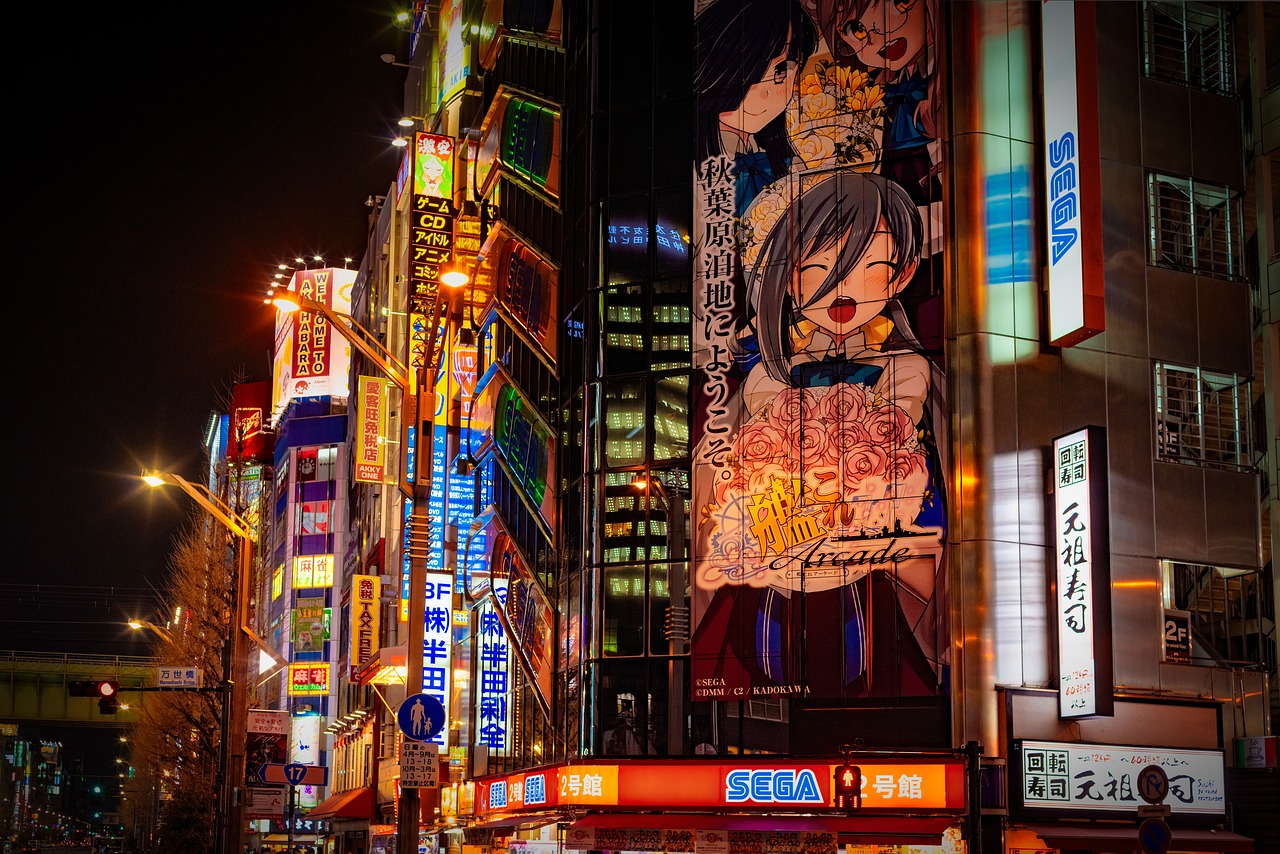
7. Yasukuni Shrine
Yasukuni Shrine, located in Chiyoda, is dedicated to the souls of those who died serving Japan in various wars. The shrine’s controversial nature stems from the inclusion of convicted war criminals among those enshrined.
- The shrine’s main hall, adorned with beautiful architecture and surrounded by peaceful gardens, serves as a place of remembrance and reflection.
- Visitors can witness traditional Shinto ceremonies and explore the Yushukan Museum, which showcases historical artifacts and documents related to Japan’s military history.
- Yasukuni Shrine holds annual festivals, including the impressive Yushuni Shrine Festival in the spring.
8. Asakusa Shrine
Asakusa Shrine, also known as Sanja-sama, is a Shinto shrine located in Asakusa. It is dedicated to the three men who founded Senso-ji Temple and is an important site for local festivals and celebrations.
- The shrine’s annual Sanja Festival, held in May, is one of Tokyo’s most vibrant and lively events, featuring traditional music, dance, and portable shrines.
- Asakusa Shrine is known for its iconic red entrance gate and the purification fountain where visitors can cleanse themselves before entering.
- The surrounding area is bustling with shops, restaurants, and traditional theaters, offering a glimpse into Tokyo’s rich cultural traditions.
9. Hama-rikyu Gardens
Hama-rikyu Gardens, located alongside Tokyo Bay, is a traditional Japanese garden that dates back to the 17th century. It served as a private villa for the Tokugawa shogunate and was later opened to the public.
- The garden features a central pond, teahouses, and meticulously landscaped gardens that change with the seasons.
- Visitors can enjoy a traditional tea ceremony in one of the teahouses while immersing themselves in the tranquility of the surroundings.
- Hama-rikyu Gardens also offer stunning views of Tokyo’s modern skyline, creating a unique blend of old and new.
10. Tokyo National Museum
Tokyo National Museum, located in Ueno Park, is the oldest and largest museum in Japan. It houses a vast collection of artworks and artifacts from Japan and other Asian countries.
- The museum’s collection includes ancient pottery, Buddhist sculptures, samurai armor, calligraphy, and traditional textiles.
- Exhibitions are organized thematically, showcasing the diversity and richness of Asian art and culture.
- Visitors can also explore the museum’s beautiful gardens, which provide a serene atmosphere for reflection and relaxation.
References
- Tokyo Metropolitan Government: www.metro.tokyo.lg.jp
- Japan National Tourism Organization: www.japan.travel
- Senso-ji Temple Official Website: www.senso-ji.jp
- Tokyo Imperial Palace Official Website: www.kunaicho.go.jp
- Meiji Shrine Official Website: www.meijijingu.or.jp
- Edo-Tokyo Museum Official Website: www.edo-tokyo-museum.or.jp
- Ueno Park Official Website: www.uenopark.jp
- Tokyo Tower Official Website: www.tokyotower.co.jp
- Yasukuni Shrine Official Website: www.yasukuni.or.jp
- Asakusa Shrine Official Website: www.asakusajinja.jp
- Hama-rikyu Gardens Official Website: www.tokyo-park.or.jp
- Tokyo National Museum Official Website: www.tnm.jp

